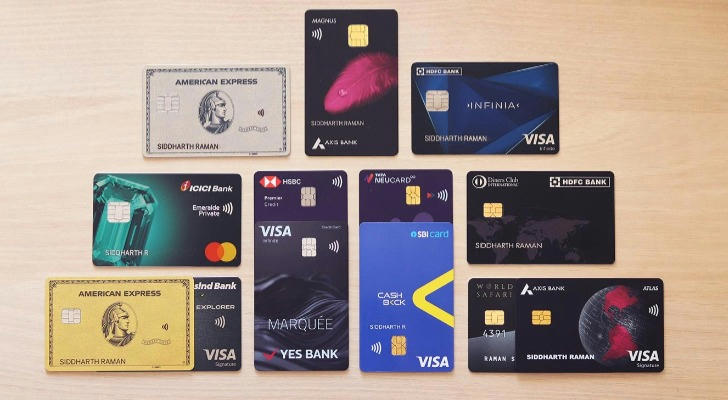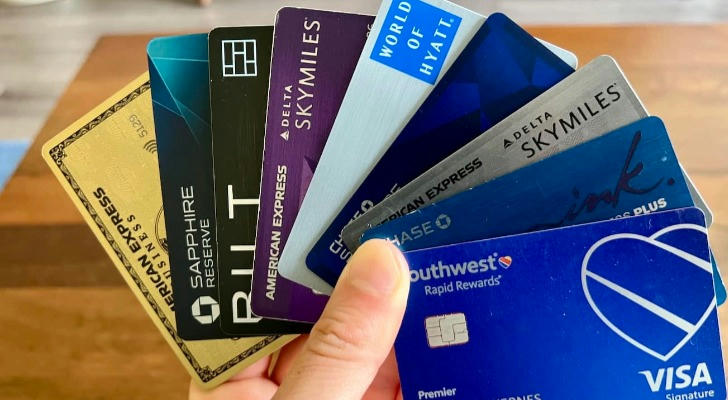Understanding Credit Cards in the United States: A Decade of Development and Access Channels
Credit cards in the United States have experienced notable growth and transformation over the past decade. As of 2024, there are over 570 million credit card accounts open in the U.S., according to the Federal Reserve Bank of New York. This article explores how the credit card market has evolved since 2014, what financial and credit models have emerged in the process, and the main ways consumers access these products today.

The Evolution of Credit Cards in the U.S. (2014–2024)
1. Rise of Digital and Mobile Integration
In 2014, mobile wallet adoption was limited. By 2024, however, over 80% of Americans use mobile wallets to make at least some credit card payments, according to Pew Research Center. Contactless payment has become a norm, and many issuers now offer instant digital card provisioning through mobile apps.
2. Credit Expansion via Alternative Data
To expand financial inclusion, many issuers and fintechs now rely on non-traditional credit data. The Consumer Financial Protection Bureau (CFPB) notes that nearly 45 million Americans are “credit invisible” or have unscored credit reports. Alternative scoring using rent, telecom, or utility payment data is being used to underwrite credit for such individuals.
3. Growth of Secured and Credit-Builder Cards
Per Experian’s 2023 State of Credit Report, the number of secured credit cards issued has increased by over 75% since 2016. These products help consumers with limited or poor credit history establish a payment record. Some fintech firms offer secured lines as low as $50, reducing the barrier to entry.
4. Reward System Diversification
Card rewards have shifted significantly. According to NerdWallet’s 2024 Credit Card Study, cash-back cards now account for 48% of active primary cards, followed by travel rewards (32%) and co-branded retail cards (14%). Innovative offerings like crypto rewards or health-related perks are now available.
5. Real-Time Credit Management and AI Risk Models
Credit limit adjustments and risk scoring have become more dynamic. According to McKinsey’s 2023 Banking Insights, over 60% of U.S. card issuers use machine learning to assess real-time changes in borrower behavior and macroeconomic risks, allowing more flexible and targeted credit line changes.
New Credit Models Emerging
Buy Now, Pay Later (BNPL)
BNPL usage has risen sharply. According to The Federal Reserve's 2023 Economic Well-Being Report, 28% of U.S. adults used BNPL services at least once in the previous year. Some hybrid products now combine BNPL features with revolving credit lines.
Co-branded and Lifestyle-Based Cards
Airline, hotel, and brand-specific credit cards have increased in popularity. The American Bankers Association reports that more than 90 million co-branded cards were active in 2023, reflecting consumers' desire for personalized rewards.
Subscription-Based Models
Instead of traditional annual fees, some fintechs now offer cards with tiered monthly subscription pricing, providing premium features, enhanced cashback, or exclusive partner discounts.
How Consumers Apply for Credit Cards
1. Bank Branches
Despite digital growth, about 21% of credit card applications in 2023 were still submitted in physical bank branches (J.D. Power U.S. Credit Card Satisfaction Study). This remains important for individuals seeking guided support or products tied to existing bank accounts.
2. Online Applications
The dominant method today. Over 65% of all credit card applications in 2023 were submitted online, either via issuer websites, aggregators like Credit Karma and NerdWallet, or direct-to-consumer fintech platforms.
3. Pre-approved Mail and Email Offers
Per Experian, nearly 40% of all new credit card holders in 2023 applied through pre-approval offers. These are based on soft credit inquiries and often include promotional APRs or bonuses.
4. In-store and Point-of-Sale Applications
Retailers often incentivize same-day signups for co-branded cards with in-store benefits. According to Retail Dive, about 12% of all card applications in 2022 occurred at point-of-sale terminals in large retail chains.
5. Mobile Banking Apps
Many banks now allow card applications via their apps with integrated identity verification, instant approval, and temporary digital cards.
Summary and Market Significance
The U.S. credit card landscape in 2024 is characterized by:
- Increased digital access and alternative underwriting;
- Stronger rewards customization and financial product hybridization;
- Robust data use for real-time risk management;
- A broadening inclusion of consumers into the credit ecosystem.
As of Q1 2024, total outstanding credit card debt stands at over $1.1 trillion, a historic high, according to The Federal Reserve Bank of New York. This underscores the importance of understanding credit structures, rates, and borrowing behavior.
In an environment of rising interest rates and tightening credit standards, consumers are encouraged to evaluate offers carefully, understand their credit scores, and manage usage responsibly. Tools and access are more sophisticated than ever — but financial literacy remains key.

Sources:
- Federal Reserve Bank of New York
- Consumer Financial Protection Bureau (CFPB)
- Pew Research Center
- Experian
- NerdWallet
- McKinsey & Company
- J.D. Power
- Retail Dive
- American Bankers Association
- U.S. Federal Reserve Economic Reports